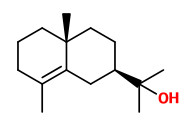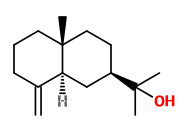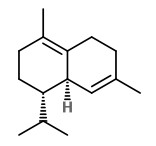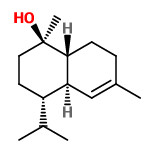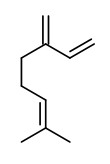Dies ist eine alte Version des Dokuments!
Cryptomeria japonica (L.f.) D.Don - (syn. Cupressus japonica L.f. - Cupressaceae
杉 sugi (jap.), cryptomeria, Japanese cedar, Sicheltanne, Japanische Zeder
Tree, up to 40m tall, native to Japan, cultivated as an ornamental and planted for timber; bark reddish brown, fibrous, peeling off in strips; „… main branches whorled, horizontally spreading or slightly pendulous; branchlets usually pendulous, those of 1st year green. Leaves on leader branchlets borne at 15-45° to axis, those on short (fertile) branchlets at 30-55° to axis, subulate to linear, ± straight or strongly incurved…“
Cupressus japonica L.f. = Cryptomeria japonica var.japonica (distal projections of bracts and cone scales 2-3.5mm)
Cryptomeria fortunei Hooibr. ex Otto & A. Dietr. = Cryptomeria japonica var.sinensis (distal projections of bracts and cone scales 1-2mm)
http://www.efloras.org/florataxon.aspx?flora_id=2&taxon_id=200005392
http://www.ars-grin.gov/cgi-bin/npgs/html/taxon.pl?12526
https://facultystaff.richmond.edu/~jhayden/conifers/cryptomeria.html (pictures)
„Sugi (and Hinoki) pollen is a major cause of hay fever in Japan…. Cryptomeria japonica timber is extremely fragrant, weather and insect resistant, soft, and with a low density… The wood is pleasantly scented, reddish-pink in colour, lightweight but strong, waterproof and resistant to decay… Sugi is the national tree of Japan, commonly planted around temples and shrines, with many hugely impressive trees planted centuries ago.“ https://en.wikipedia.org/wiki/Cryptomeria
Main components of the essential oil from the leaves of C.japonia were β-eudesmol (14.9%), α-eudesmol (14.6%), elemol (11.6%), 10(15)-cadinen-4-ol (10.7%), γ-eudesmol (10.1%), α-fenchol (9.9%), and γ-cadinene (5.7%).
Main components of the essential oil from the wood of C.japonica were α-pinene (13.6%), γ-cadinene (6.8%), δ-cadinene (6.6%), calacorene (5.5%), τ-cadinol (5.4%), and α-cadinol (5.2%).
[Monoterpenoid and sesquiterpenoid constituents of the essential oil of sugi (Cryptomeria japonica D. Don.)., Shieh, B., Iizuka, Y., Matsubara, Y., Agricultural and Biological Chemistry, 45(6), 1981, 1493-1495] http://www.tandfonline.com/doi/pdf/10.1080/00021369.1981.10864733
„The yield of essential oils from four tissues of Japanese cedar is in the decreasing order of leaf (27.38 mL/kg) > bark (6.31 mL/kg) > heartwood (3.80 mL/kg) > sapwood (1.27 mL/kg)… GC-MS analyses showed that the sesquiterpene hydrocarbon compounds dominate in the essential oil from Japanese cedar heartwood, amounting to a total percentage of 82.56%, with the major compounds of δ-cadinene (18.60%), isoledene (12.41%), and γ-muurolene (11.82%). It is proposed that the excellent antifungal activities of Japanese cedar heartwood essential oils might correlate with the presence of these compounds.“
[Chemical composition and antifungal activity of essential oils from different tissues of Japanese cedar (Cryptomeria japonica)., Cheng, S.S., Lin, H. Y., Chang, S.T., Journal of agricultural and food chemistry, 53(3), 2005, 614-619] http://ntur.lib.ntu.edu.tw/bitstream/246246/142638/1/
„While there were characteristic monoterpenoids contained in leaf headspace like sabinene (52.0%) and limonene (10.9%), there were a large number of components in smoke, like, acetic acid (4.3%), toluene (4.4%), limonene (3.1%), elemol (5.1%), α-cadinol (3.2%), hexadecanoic acid (3.2%), and kaur-16-ene (11.3%).“
[Yamada, H., & Yatagai, M. The components of the smoke and headspace volatiles from Cryptomeria japonica D. Don. Journal of Essential Oil Research, 19(3), 2007, 231-233]
„Forest-air bathing and walking (shinrin-yoku) is beneficial to human heath. In this study the phytoncide (volatile compounds) released from Cryptomeria japonica plantation forest was characterized by using solid-phase microextraction (SPME) and gas chromatography-mass spectrometry (GC-MS). The main volatile compounds were α-pinene (19.35%), β-myrcene (16.98%), d-limonene (15.21%), and γ-muurolene (7.42%) [and cedrol 5.4%]. Furthermore, the neuropharmacological activity of the essential oils from leaves of C. japonica (ECJ) was evaluated by several animal behavior tests. ECJ could prolong the sleeping phase of ICR (imprinting control region) mice in the pentobarbital-induced sleeping time model. Furthermore, both EJC and one of its monoterpenes, d-limonene, possessed potent anxiolytic and analgesic activities based on the results obtained from elevated plus maze and writhing tests. The volatile compounds released from C. japonica provide relaxing and stress-relieving effects on mice, and further study on the effect of phytoncide on humans is worthwhile.“
[Neuropharmacological activities of phytoncide released from Cryptomeria japonica., Cheng, W.W., Lin, C.T., Chu, F.H., Chang, S.T., Wang, S.Y., Journal of wood science, 55(1), 2009, 27-31] http://web.nchu.edu.tw/pweb/users/taiwanfir/research/9896.pdf
Main constituents of the essential oil (1.9-2.3%) from C.japonica leaves were 16-kaurene (19.5-20.6%), elemol (18.3-19.0%), α-eudesmol + β-eudesmol (11.5-11.8%), sabinene (6.8-10.8%), terpinen-4-ol (6.8-8.3%) and α-pinene (4.4-4.9%).
[Variations in insecticidal activity and chemical compositions of leaf essential oils from Cryptomeria japonica at different ages., Cheng, S.S., Chua, M.T., Chang, E.H., Huang, C.G., Chen, W.J., Chang, S.T., Bioresource technology, 100(1), 2009, 465-470] http://ntur.lib.ntu.edu.tw/bitstream/246246/177287/1/10.pdf
The headspace of C.japonica leaves is dominated by sabinene (53.1%, fresh juniper-like), accompanied by α-pinene (14.0%), myrcene (8.2%), and limonene (7.9%). Olfactory important are minor components: p-menth-1-en-8-thiol (trace, grapefruit-like), oct-1-en-3-yl acetate (0.1%, green earthy), cis-sabinene hydrate acetate (0.7%, balsamic), bornyl acetate (0.2%, woody pine), ipsdienyl acetate (0.5%), terpinen-4-ol (0.1%), α-terpinyl acetate (0.03%) and some sesquiterpene alcohols.
[Scent of a vanishing flora, Roman Kaiser, 2011, 142]
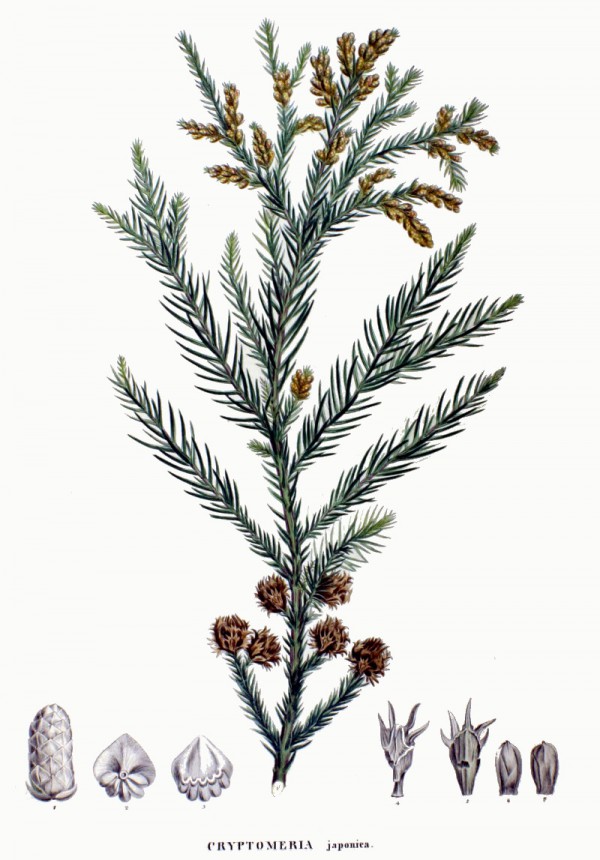
Siebold,P.F. von, Zuccarini,J.G., Flora Japonica, t.124 (1875)
http://plantgenera.org/species.php?id_species=295788
Cryptomeria japonica
© Rolf Marschner (2008),
www.botanische-spaziergaenge.at
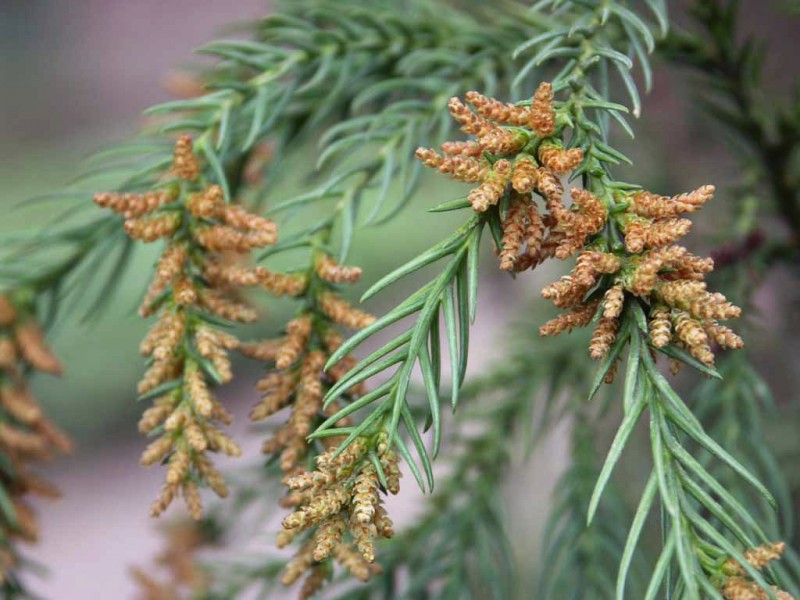
Cryptomeria japonica, Orto Botanico di Brera (Milano)
Institut für Pflanzenbiologie, Technische Universität Braunschweig
http://ifp.rz.tu-bs.de/geobot/virt-exkursion/virtex_200702.html

